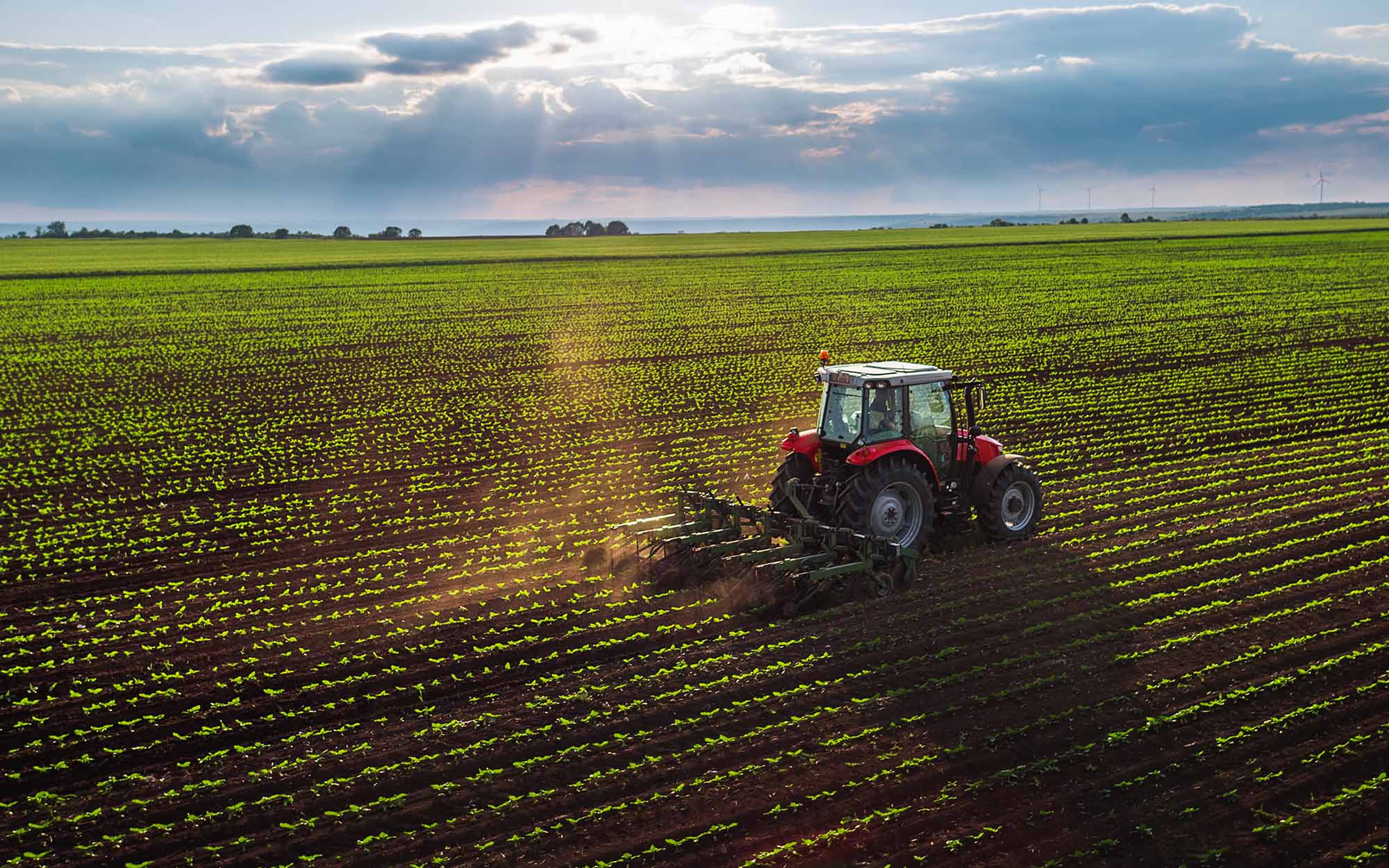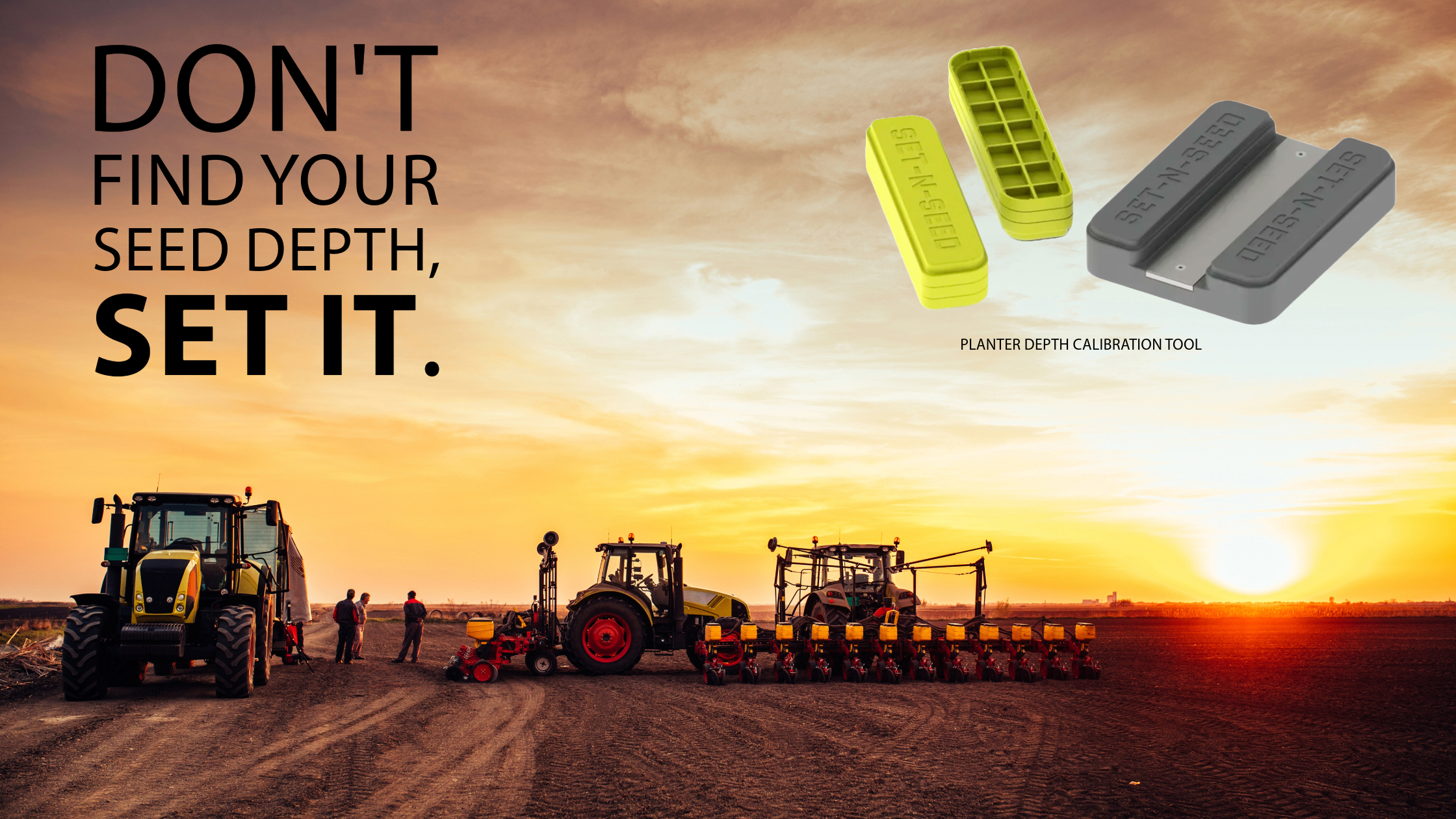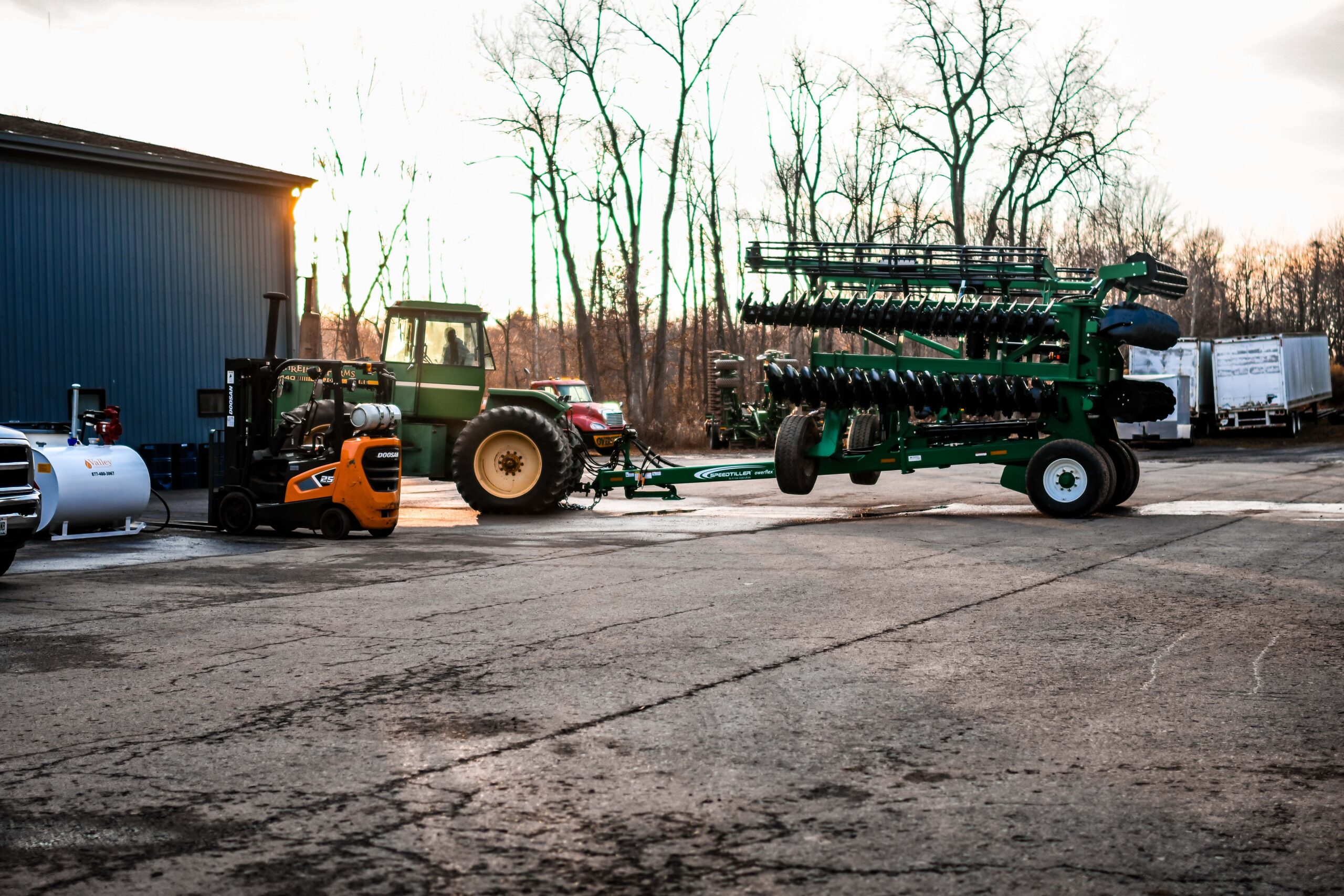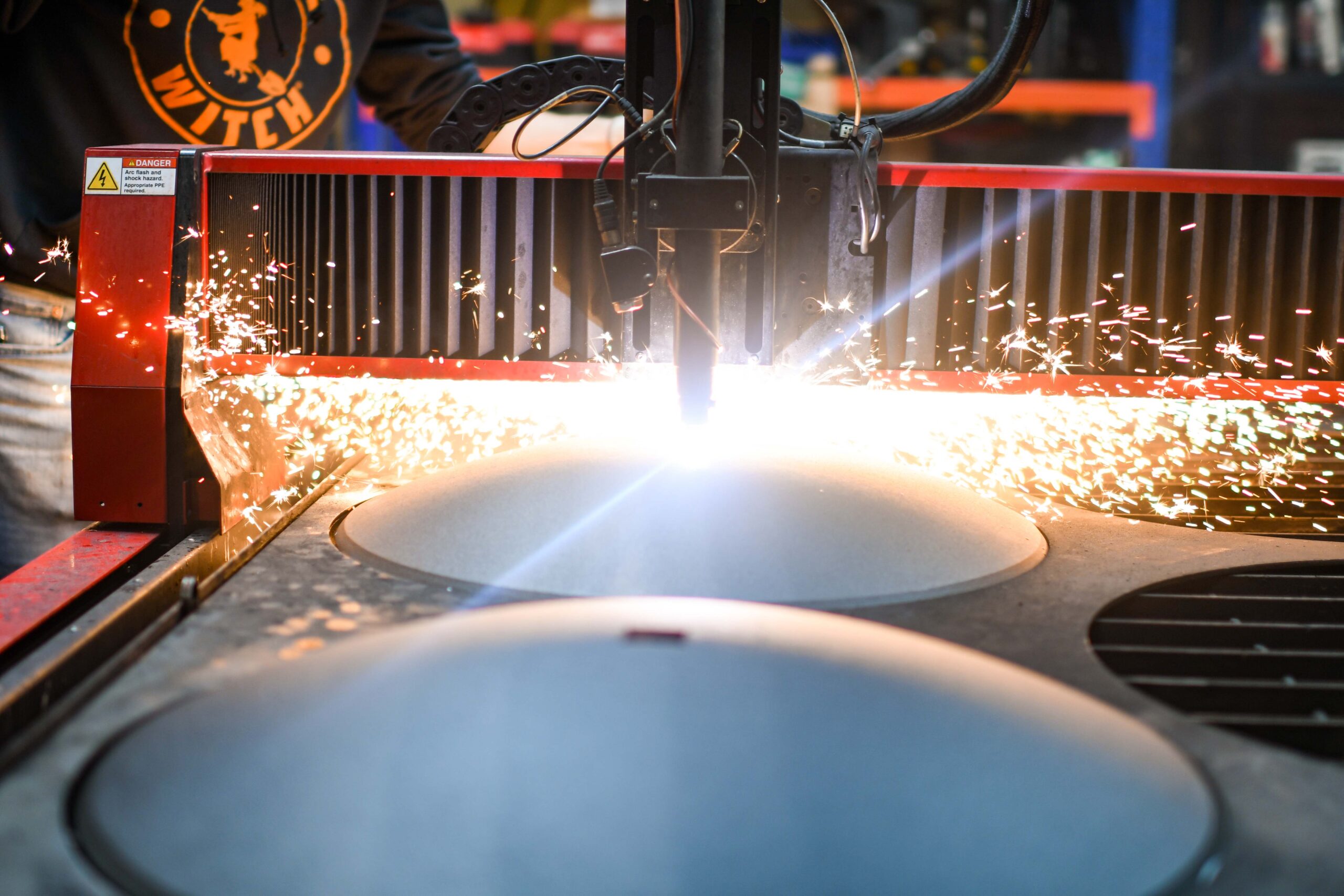
Fall Farm Equipment Maintenance Checklist
Most of your farm equipment is heavily used in spring, summer, and fall without much application in the winter months when very little grows. Winter is your opportunity to take inventory, inspect your farm equipment, and practice farm equipment maintenance to make sure you’re ready for next season.
What are the most important steps to take and strategies to follow during the winter?
Why Fall Farm Equipment Maintenance Is So Important
First, let’s talk about the importance of farm equipment maintenance and why the end of fall is your best opportunity to practice it. Regular preventative maintenance is valuable for several reasons, including:
Safety
Keeping your farm equipment in good working condition means increasing safety for everyone who works at the farm. These days, most tools and machinery come with features that provide safeguards, but you can increase safety further with regular inspections and intervening action.
Performance and Efficiency
Maintaining your farm equipment is valuable for increasing performance and improving efficiency. When all the moving parts of your machine are operating smoothly and as intended, you’ll be able to get more done in less time—and you won’t have to struggle with an inefficient machine when you need it most.
Cost Savings
Farm equipment maintenance also has the potential to save you money. Because problems with machines tend to get worse as damage accumulates, proactive maintenance tends to be much less expensive than reactive repairs.
Investing a small amount of money and time now means saving a lot later. Additionally, replacing parts as needed and keeping your farm equipment in good repair means extending the lifespan of your machinery. You won’t have to replace parts or the machine itself very frequently, so you’ll end up spending less money.
The end of fall is the perfect time to practice farm equipment maintenance because you’ll have some extra time now that working demands have decreased. Storing your tools and machines for the winter can cause existing damage to spread and grow worse, so this is your chance to make sure your tools are in good condition and ensure they remain in that way throughout the winter.
What Farmers Do in the Fall: Farm Equipment Maintenance Checklist
Have you ever wondered how to winterize a tractor? Winterizing farm equipment requires you to do many things, including:
Buy Cold Weather Necessities in Advance
It’s a good idea to stock up on cold weather supplies well in advance of the cold season. There’s usually a rush for these items as fall begins to set in, and if you time things improperly, you might run into supply issues and shortages. Start shopping and planning as early as possible to prevent these circumstances and make sure you have everything you need to winterize your equipment and continue running the farm efficiently throughout the cold season.
Sharpen Your Tools
Sharpened tools are much more efficient than their unsharpened counterparts. Before storing your tools for winter, you have an excellent opportunity to evaluate their edge and, if necessary, give them a good sharpening.
Recharge Power Units
This is also an excellent opportunity to recharge your power units. Power units tend to have a finite lifespan, and they have a harder time operating in cold weather. Take a moment to test each of your power units and fully recharge them.
Give Everything a Thorough Cleaning
When most people think about farm equipment maintenance, cleaning isn’t the first thing that comes to mind, but this is actually an important step for maintaining the efficiency and integrity of your machinery. Keeping all your moving parts clean reduces friction and prevents certain problems like corrosion. It’s also a great opportunity to review the condition of various moving parts.
Inspect and Replace Worn Parts
Broken combine parts can render your machine inoperable. Fortunately, you can usually notice signs of wear and tear before your parts fully break down. Take the time to inspect each part of your machine and, if necessary, replace them.
Store Your Summer Farm Equipment
Take your summer farm equipment and prepare it for storage. Generally, the best place to store this equipment is in a dry location that’s protected from the weather.
Look for Dry Storage Spots for Winter Equipment
Similarly, you’ll need to find a secure, dry storage spot for all your winter equipment— simply covering this equipment with a tarp isn’t going to be enough to prevent damage.
Consider Preparing Your Soil
The quality of your soil plays a critical role in your farming operations, and fall is a perfect time to enrich and prepare your soil. This way, your soil has more time to break down nutrients and make them ready for absorption come spring.
Other Important Action Items for Farming in the Fall
There are some other important steps you can take as you anticipate the onset of fall:
Clean and Organize Around the Farm
Visit various locations around your farm and spend some time cleaning and organizing them. When it’s time to start farming in spring, you’ll be glad that everything is so neat and tidy.
Take Inventory
Take a look at your current inventory levels and see if there’s anything you need to order. Due to a shortage in parts for farm equipment, it’s especially important to review your stores of frequently needed parts.
Make a Plan for Spring
Start working on your plans for how you’re going to begin spring. What are your biggest goals and priorities? Are you getting ready for the coming fall and winter months? Part of the process is making sure you have all the parts you need to keep your equipment fully functional and operational.
If you’re in the market for fall farming parts, tractor parts, or other spare parts, check out our impressive selection today!








